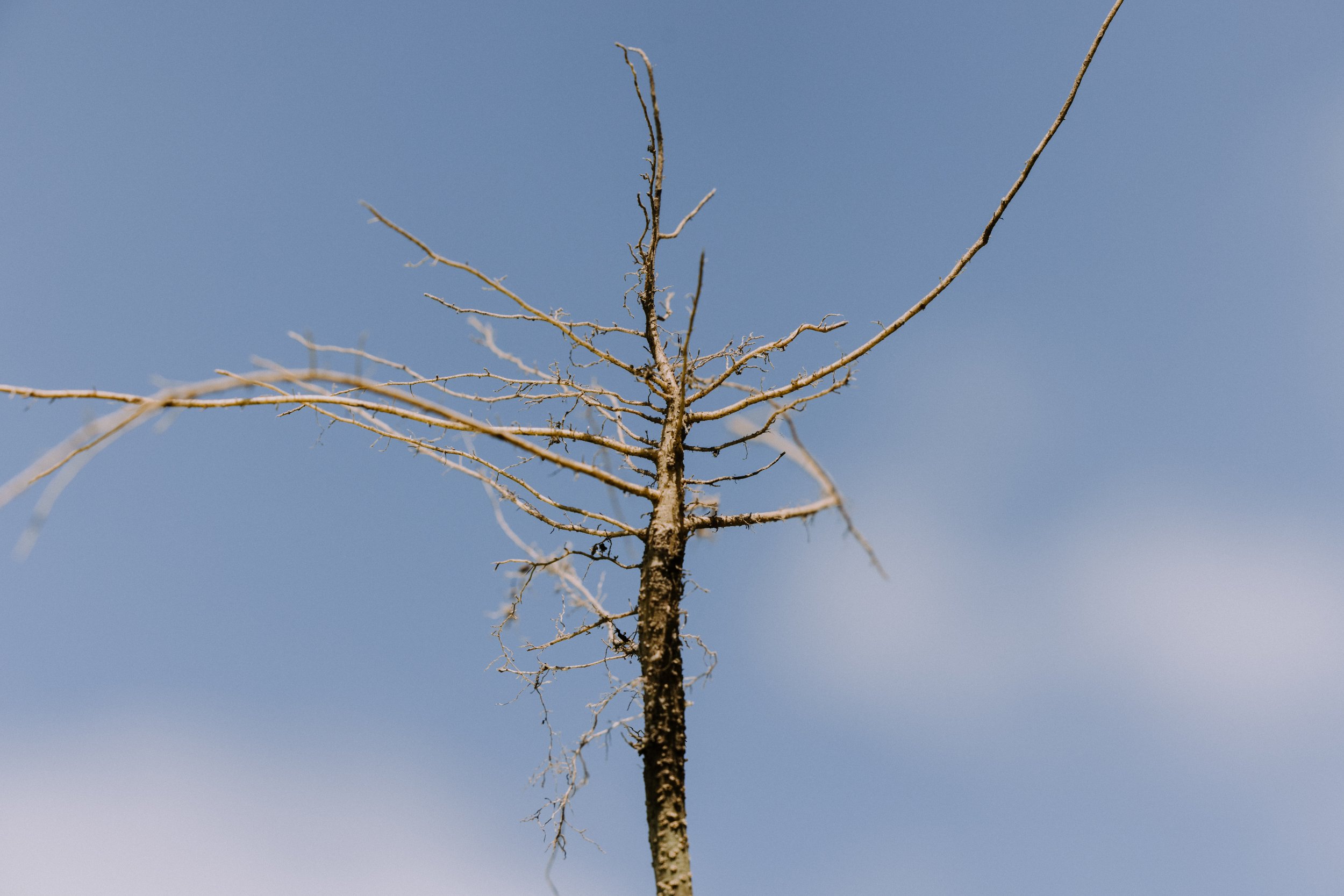
RESTORE
FROM THE
SOIL UP.
Sero™ Starts with Regenerative Agriculture.
Regenerative agriculture is the heartbeat of the regenerative movement.
Embracing regenerative practices is paramount for long-term environmental sustainability, food security, and economic prosperity. Together with our partners we drive regenerative agriculture practices that preserve biodiversity, eliminate waste, reduce inputs, and rebuild communities.
WHY WE SUPPORT IT
Sow, Reap, Restore -
The Power of Regenerative Agriculture.
Prioritizing regenerative agricultural practices mitigates climate change and promotes water conservation while reducing reliance on synthetic fertilizers and pesticides.
For us, regenerative agriculture is an essential component in our efforts to revitalize the land by doing less harm and more good.
HOW WE SUPPORT IT
Strong collaborations -
Partnering with Farmers for Positive Change.
Our journey to go beyond sustainability is rooted in close collaboration with farmers, who are essential allies in our mission to restore the planet at the source.
Farmers provide the raw materials for Sero™ fibre and together we’re enabling the co-creation of regenerative product solutions for everyone.

Finally, a Fibre that Supports the 2030 Climate+ Goals.
Sero™ natural performance fibre goes beyond the traditional notion of sustainability.
Our flagship material is Sero™ hemp fibre, chosen for its inherently regenerative properties. Hemp plants stand out as one of nature’s most efficient carbon sequestering plants.
And there is more: hemp thrives with minimal inputs in most climatic regions. The plants help rebuild soil, protect biodiversity, can be grown in rotation with existing crops, and don’t require irrigation. Hemp grows to maturity in three months, reducing farmers’ economic risk and thereby helps build resilient livelihoods and communities.
More Benefits Of Hemp:
Soil
A healthy soil life is vital for sustaining life on earth.
Hemp enhances soil health through various mechanisms, making it an important crop in regenerative agriculture.
-
Hemp has the remarkable ability to remove toxins and pollutants from soil through a process called phytoremedation.
-
Hemp's extensive root system helps to break up compacted soil, improve soil aeration, and enhance water infiltration.
-
Hemp plants are fast-growing and produce a significant amount of biomass. When hemp biomass is returned to the soil through methods like mulching or composting, it adds organic matter to the soil.
-
Integrating hemp into crop rotation systems can break pest and disease cycles, improve soil fertility, and reduce the reliance on synthetic inputs.
Water
Water covers about 71% of the Earth's surface and is the foundational element of our planet.
Hemp is a valuable crop for promoting sustainable water management practices in agriculture.
-
Hemp is known for its drought tolerance and relatively low water requirements compared to numerous other crops. It can thrive in a variety of climates, including semi-arid regions, and typically requires less irrigation water than many of its counterparts.
-
The dense foliage and extensive root system of hemp help to retain soil moisture, reducing the need for frequent irrigation. This can be particularly beneficial in dry climates or areas with limited access to water resources.
-
By absorbing pollutants and toxins from the soil, hemp can help prevent their leaching into groundwater or nearby water resources.
-
Hemp needs fewer chemicals like fertilizers and pesticides than other crops. By reducing the use of these chemicals, hemp farming can help minimize water pollution from agricultural runoff, preserving water quality in streams, rivers, and groundwater.
Biodiversity
Healthy and diverse ecosystems empower our planet to balance life.
Hemp plays a crucial role in promoting biodiversity, from microorganisms in the soil to pollinators in the air.
-
Hemp provides habitat and food for various organisms, including insects, birds, and small mammals. Its flowers attract pollinators such as bees and butterflies, while its foliage offers shelter and sustenance for insects and birds.
-
Hemp cultivation can enhance soil microbial diversity by promoting the growth of beneficial soil bacteria and fungi. These microorganisms play crucial roles in nutrient cycling, soil structure improvement, and disease suppression.
-
Hemp is naturally resistant to many pests and diseases, reducing the need for synthetic pesticides. By minimizing pesticide use, hemp cultivation creates a safer environment for beneficial insects and other wildlife that are sensitive to chemical exposure.
-
Hemp itself exhibits genetic diversity, with different varieties adapted to various climates and growing conditions. Preserving and cultivating diverse hemp cultivars helps safeguard genetic resources and promotes resilience against pests, diseases, and environmental changes.
Communities
Strong local communities serve as the bedrock for positive change.
Hemp supports local communities and bolsters economies, fostering resilience and ensuring long-term success.
-
Hemp farming can serve as a source of income for farmers, diversifying their revenue streams and improving livelihoods. The sale of hemp biomass, seeds, fibre, and derived products can generate income for farmers, enabling them to support their families and invest in their communities.
-
The hemp industry supports various ancillary sectors, including transportation, logistics, packaging, and marketing. Local businesses providing services to the hemp industry benefit from increased demand, further stimulating economic activity and job creation in the community.
-
Hemp cultivation can have positive environmental impacts, such as soil remedation, carbon sequestration, and reduced reliance on synthetic inputs. By promoting sustainable farming practices, hemp cultivation contributes to the long-term health and resilience of local ecosystems, benefiting the entire community.
-
Hemp cultivation often fosters community engagement and collaboration among farmers, businesses, researchers, and policymakers. Collaborative efforts to develop best practices, share knowledge, and address challenges strengthen social networks and build community resilience.








